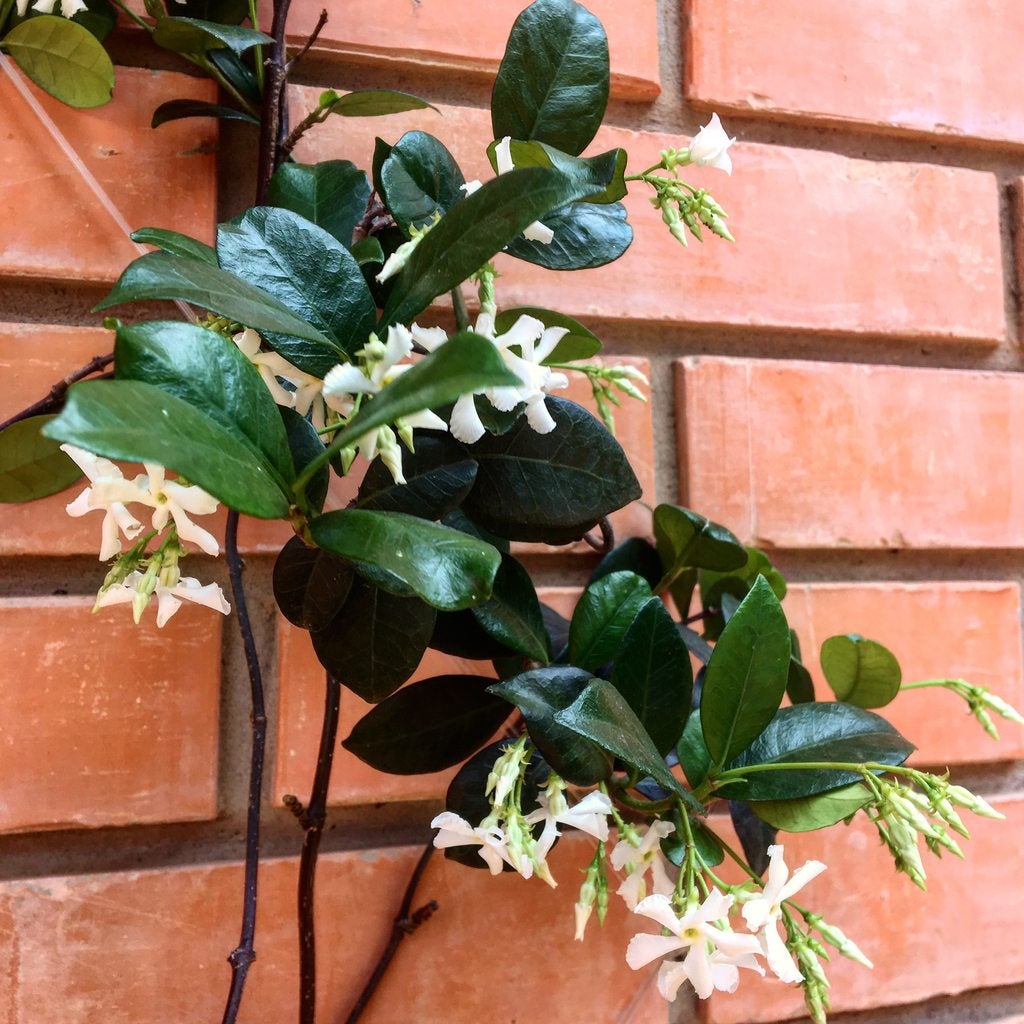Zone 5 Jasmine Plants: Tips On Growing Jasmine In Zone 5


If you’re a northern climate gardener, your choices for hardy zone 5 jasmine plants are very limited, as there are no true zone 5 jasmine plants. Cold hardy jasmine, such as winter jasmine (Jasminum nudiflorum), may tolerate USDA plant hardiness zone 6 with plenty of winter protection. However, this is risky business because even the toughest cold hardy jasmine plants may not survive the rigorous winters of zone 5. Read on for more information about growing jasmine in zone 5.
Winterizing Cold Hardy Jasmine
As mentioned above, jasmine may not survive winters in zone 5, which can plummet to -20 degrees F. (-29 C.). If you decide to try growing jasmine in zone 5, the plants will require plenty of winter protection. Even winter jasmine, which tolerates temperatures as cold as 0 degrees F. (-18 C.), certainly won’t make it through a tough zone 5 winter without adequate cover to protect the roots. Jasmine for zone 5 need at least 6 inches (15 cm.) of protection in the form of straw, chopped leaves, or shredded hardwood mulch. You can also trim the plant to about 6 inches (15 cm.) and then wrap it in an insulating blanket or burlap. Keep in mind that a sheltered, southern-facing planting location provides a degree of winter protection.
Growing Jasmine in Zone 5
The only way to ensure that zone 5 jasmine plants survive the winter is to grow them in pots and bring them indoors before the temperatures drop. Here are a few tips: Acclimate container-grown jasmine by bringing them indoors for a few hours per day, beginning several weeks before the first expected frost. Place jasmine in a bright, south-facing window. If natural light in your home is limited during the winter months, supplement it with fluorescent lights or special grow lights. If possible, place the jasmine in a kitchen or bathroom where the air tends to be more humid. Otherwise, set the pot on a tray with a layer of damp pebbles to increase the humidity around the plant. Be sure the bottom of the pot isn’t sitting directly in the water. Move the plant outdoors when you’re sure all danger of frost has passed in spring, beginning with just a few hours per day until the plant grows accustomed to the cooler, fresh air.
Gardening tips, videos, info and more delivered right to your inbox!
Sign up for the Gardening Know How newsletter today and receive a free copy of our e-book "How to Grow Delicious Tomatoes".

A Credentialed Garden Writer, Mary H. Dyer was with Gardening Know How in the very beginning, publishing articles as early as 2007.